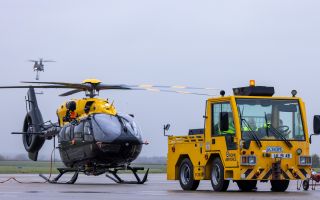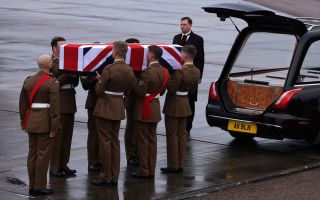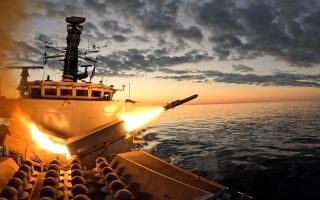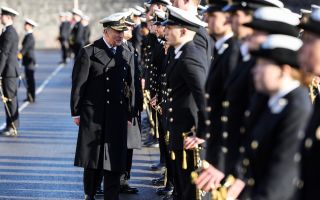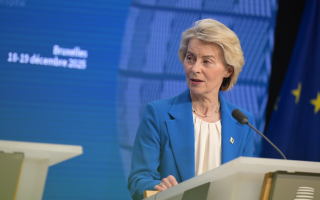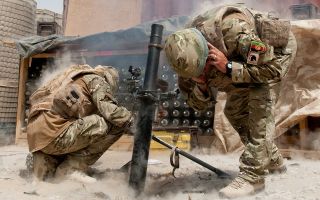Putin and Trump's sabre-rattling raises spectre of nuclear confrontation once again
For those of us old enough to remember the Cold War, the prospect of nuclear Armageddon was a constant, albeit distant, threat.
While we didn't do the "duck and cover" drills common in American schools (children rehearsing how they'd take cover under desks), we were subjected to the Government's Protect and Survive public information films telling our parents to stockpile food and how to avoid fallout.
The threat was existential, and the two sides did of course face off across the globe in proxy wars like Vietnam, Angola and Afghanistan, but with the US and the Soviets holding 90% of the world's nuclear weapons, they effectively cancelled each other out.
What also made the fear manageable were the rules that seemingly governed both sides.
Some were enshrined in treaties, but others were unwritten - codes of political and military behaviour that both Western powers and the Kremlin adhered to.
Soviet leader Nikita Khrushchev may have famously banged his shoe on a desk in the United Nations during the Cuban Missile Crisis, but in the end Mutually Assured Destruction, or MAD, proved to be sufficient deterrent.
Which brings us to Donald Trump and Vladimir Putin.

Ramping up the rhetoric
Both presidents have indulged in nuclear sabre-rattling in recent weeks.
Visiting a military hospital treating soldiers injured in Ukraine, the Russian leader claimed another "invincible" Russian weapon had been successfully tested.
Poseidon is an experimental nuclear-powered underwater torpedo which military analysts think could have range of more than 6,000 miles (9,650 km).
A few days later, Mr Putin said Russia had also tested a new nuclear-powered cruise missile, the Burevestnik, which is claimed to have a virtually unlimited range.
Then there's the massive Sarmat intercontinental ballistic missile, the so-called Satan 2 - believed to be the world's deadliest nuclear weapons delivery system. That too, said Mr Putin, is on its way.
President Trump's response came - predictably - in a social media post. For the first time in 30 years the US would begin testing its nuclear arsenal.
"Because of other countries' testing programmes, I have instructed the Department of War to start testing our nuclear weapons on an equal basis," he wrote.
So what's behind this, and are we entering a deadly new era of nuclear confrontation?
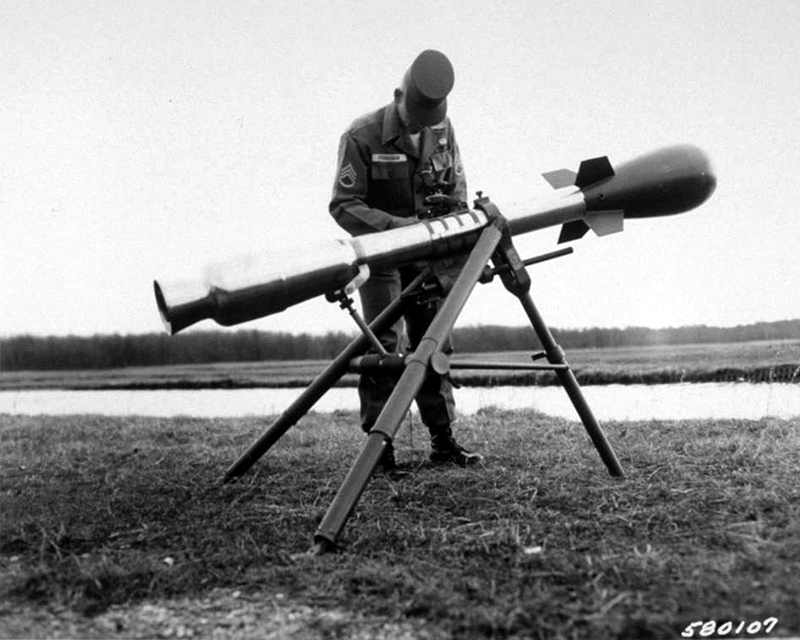
Timing is everything
First, there's timing. A major nuclear arms treaty between the US and Russia is due to expire next February, which limits each country to 1,550 intercontinental nuclear warheads.
Dr Alex Walmsley, associate fellow at the Royal United Services Institute (RUSI), says she believes both presidents are, in their own way, grandstanding: Putin to his domestic audience to divert attention away from the war in Ukraine, and Trump to one major power in particular - China.
"We are living in a world where quite a lot of international politics and government seems to be by soundbite, Tweet or Truth Social post," said Dr Walmsley.
"Because everything is so tense at the moment, we're in danger of reading too much into this and actually giving Putin in particular too much credit."
Kremlin-watchers say Moscow sees its nuclear boasts as a cost-effective diplomatic tool rather than a military threat.
Vladimir Putin wants the US, and the West as a whole, to hand over Ukraine. And he wants them to know what could happen if Russia is denied that prize and provoked.
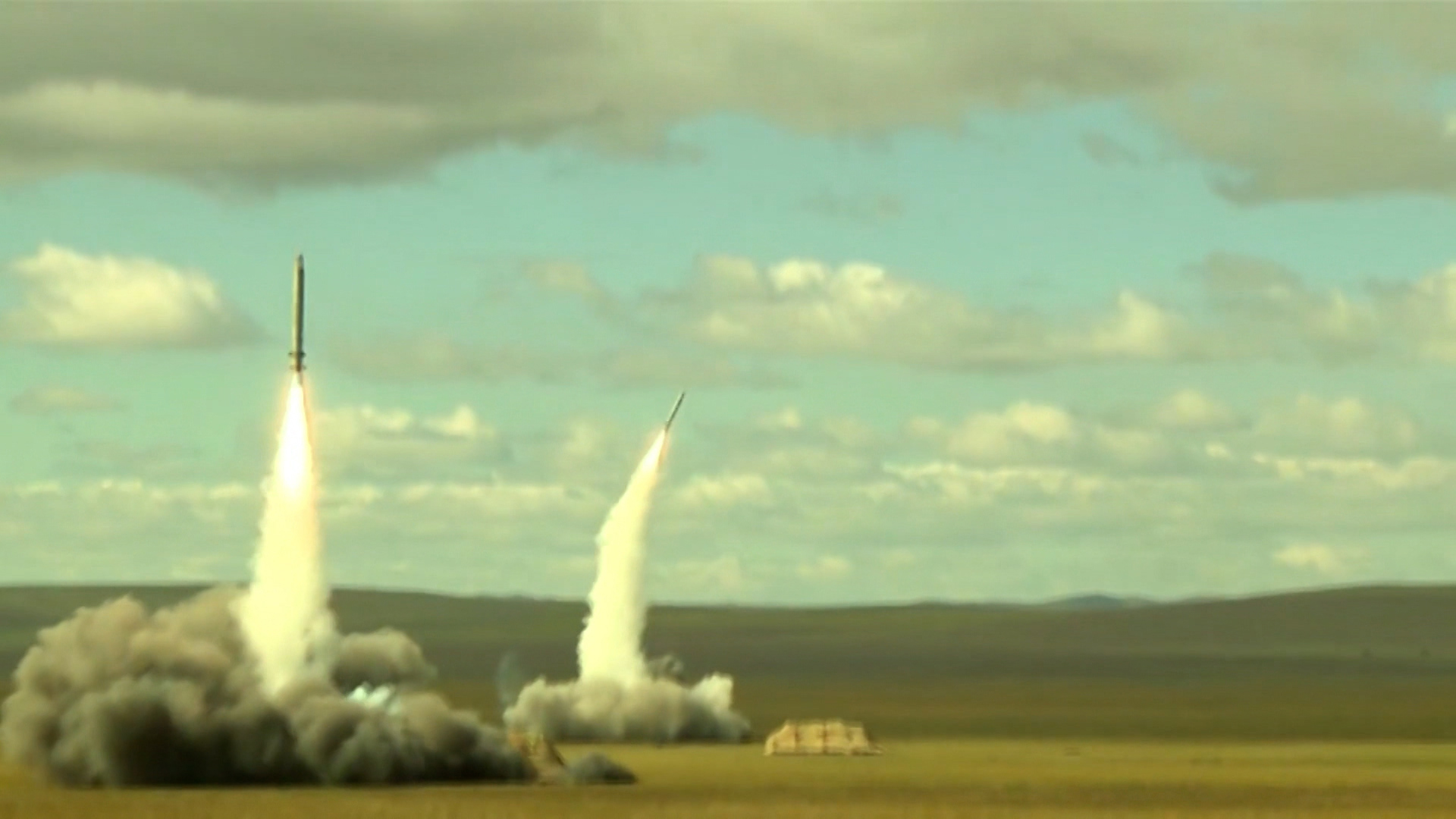
The end of diplomacy as we know it
"This is sabre-rattling at a fairly high scale," said Dr Walmsley.
"It's designed to show 'we're not, you know, this insignificant country, we do have new military capabilities, and you need to be wary of us'."
Dr Walmsley said she believes Russia would not have invaded Ukraine if Kyiv had not surrendered its nuclear arsenal under the 1994 Budapest Agreement.
So are we entering a new and dangerous era of nuclear confrontation?
It's arguable that by trying to link the war in Ukraine with nuclear threats, Vladimir Putin has inadvertently pushed the US into resuming nuclear testing.
What is clear though is that the predictability and norms of the Cold War have gone.
"In the past, leaders spoke in language that you understood, diplomatic language. And you could tell if people were sort of getting agitated or upset," said Dr Walmsley.
"But the language was still very controlled. There weren't these glib threats just sort of thrown around."

